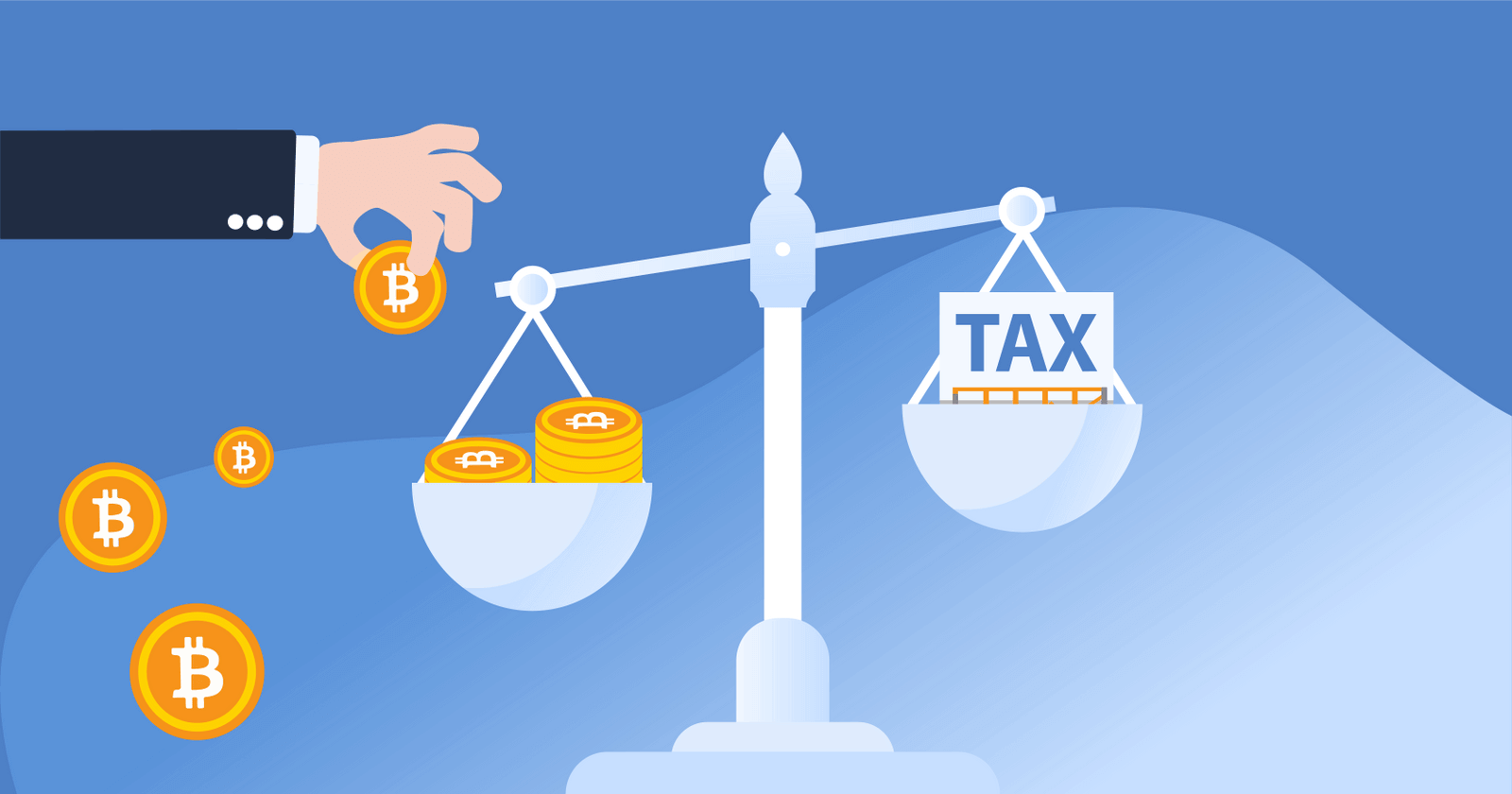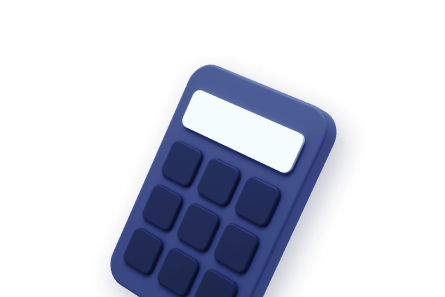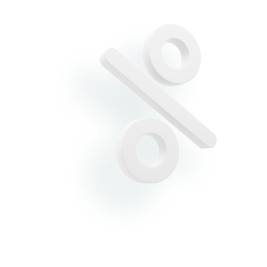.jpg)

Key Takeaways
- USDC is considered one of the best options for stablecoins due to its commitment to transparency and regulatory compliance.
- While USDT is controversial due to past regulatory issues, it is still the most popular stablecoin in the world.
Stablecoins like USDC and USDT are pegged to the US dollar — making them great for making transactions in the crypto ecosystem!
In this article, we'll explore the differences between USDC and USDT, discuss their pros and cons, and break down the best stablecoin for you.
Which is better: USDC or USDT? (Stablecoin comparison)
Summary: While USDT is significantly more popular, USDC is a better option due to its regulatory compliance and transparency.
Experts consider USDC the best stablecoin due to the project’s commitment to regulatory compliance and USDC’s monthly disclosure of reserves.
USDC: Better transparency and regulatory compliance
USDT: More popular, but criticized for lack of transparency
What is USDT (Tether)?
Tether (USDT) is a stablecoin that was launched in 2014. It is pegged to the US dollar and backed by a reserve of fiat currency and other assets.
Despite facing controversies, such as a $41 million fine in 2021 for misleading users about reserves, USDT is still the most popular stablecoin in the world.
USDT’s early launch gave the project a first-mover advantage, and today USDT is the largest stablecoin by market capitalization and is widely supported by DeFi protocols.
What is USDC (USD Coin)?
USD Coin (USDC) is a newer stablecoin, launched in 2018 by Circle. The stablecoin is managed by the Centre consortium, which includes Circle and Coinbase.
USDC is known for its transparency and regulatory compliance, providing monthly audits of its reserve assets.
Tether vs. USDC
Let’s walk through how Tether and USDC compare on different factors.
Market capitalization
Winner: USDT
At the time of writing, USDT is the biggest stablecoin on the market.
USDT: $100+ billion market capitalization
USDC: $30+ billion market capitalization
Reserve assets & transparency
Winner: USDC
In the past, Tether was fined for misleading users about its reserves. While Tether claimed to have ‘100% reserves at all times’, an investigation found that Tether only held 27.6% of the value of its stablecoin in reserves.
While Circle has faced issues such as the Silicon Valley Bank crisis, the company publishes monthly third-party assurances of its reserves.
Regulatory compliance
Winner: USDC
All of Circle’s reserves are held with regulated financial institutions. This helps ensure that USDC is compliant with the latest financial regulations.
On Tether’s site, the company says that it follows ‘world-class standardized compliance measures’. However, there is a lack of transparency into what these measures entail.
Price
Winner: Tie
Both USDC and USDT are pegged to the price of the US dollar.
Transaction volume
Winner: USDC
USDC has the highest transaction volume for stablecoins — despite having a smaller market capitalization than USDT.
Analysts suggest that USDC is used more often in the United States for transactions, while USDT is used more often outside of the US as a store of value based on the US dollar.
It’s also likely that institutional investors are more likely to use USDC to stay compliant with regulations.
Growth
Winner: USDC
Studies show that adoption of USDC has been growing more rapidly than USDT — including outside of the US.
De-pegging incidents
Winner: Tie
Both USDC and USDT have had incidents where the price dropped below the price of $1. However, all of these ‘de-pegging incidents’ were brief and the price returned to $1 shortly after.
Longevity
Winner: USDT
USDT was launched years earlier and has a longer history in the cryptocurrency ecosystem than USDC.
USDC: Launched in 2018
USDT: Launched in 2014
The downside of USDC
USDC is backed by reserves held by regulated financial institutions. While this structure helps protect USDC against a potential collapse, it also introduces risks related to the stability of these institutions.
In 2023, USDC briefly lost its peg with the US dollar after the collapse of Silicon Valley Bank — a financial institution that held 8% of USDC’s reserves.
Is USDC safe?
USDC is generally considered safer than USDT due to its transparency and regulatory compliance. USDC is subject to regular audits and real-time reports on reserves — helping to promote trust among investors and institutions.
Why is USDC dropping?
Between 2022-2023, USDC market capitalization declined by almost 50%.
It’s important to note that the price of one unit of USDC is still pegged to the U.S. dollar. The decline in USDC’s market cap simply shows that the stablecoin’s supply has fallen as cryptocurrency investors turn to alternatives like USDT.
It’s likely that this drop can be partially attributed to investors losing trust in USDC after the de-pegging caused by the collapse of Silicon Valley Bank.
In recent months, USDC’s market capitalization has partially recovered, showing re-gained trust among crypto investors.
Can I Transfer USDC and USDT to My Bank Account?
At this time, most American banks do not support stablecoins.
In most cases, you’ll need to convert your USDC and USDT to USD to transfer it to your bank account. This process can be completed within minutes in most crypto exchanges.
Where can I buy USDC and USDT?
You can buy USDC and USDT after starting an account with a centralized exchange. Coinbase, Kraken, and Gemini are great options to buy stablecoins like USDC and USDT.
How to buy USDC/USDT:
- Create an account on your exchange of choice.
- Verify your identity.
- Add a payment method and purchase USDC or USDT.
How are Stablecoins taxed?
Stablecoins like USDC and USDT are subject to capital gains tax upon disposal, even though they are pegged to the US dollar. While the capital gain is typically close to 0, it’s important to keep accurate records for tax purposes.
For more information, check out our complete guide to stablecoin taxes.
In conclusion
While both USDT and USDC are popular options, the right stablecoin for you may vary based on your priorities. While USDT is the most popular stablecoin in the world, USDC is a better choice for users who value transparency and regulatory compliance.
Frequently asked questions
- Is USDC better than USDT?
While USDT is the more popular stablecoin, many investors argue that USDC is a better option due to better transparency and regulatory compliance.
- Is USDC a good cryptocurrency?
USDC is a trusted stablecoin. Since they are pegged to the US dollar, stablecoins are more convenient to use in transactions. However, unlike cryptocurrencies like BTC and ETH, stablecoins do not appreciate in price.
- Why is USDC better than USD?
Using a stablecoin like USDC offers more flexibility than traditional fiat currencies. USDC can be easily transferred to different wallets and exchanges, which cannot be done with USD.
- Is USDC equal to USDT?
Both USDC and USDT are pegged to the US dollar, but differ on key factors like adoption, transparency, and regulatory compliance.
- Does Coinbase use USDC or USDT?
Both USDC and USDT are supported by Coinbase.
How we reviewed this article
All CoinLedger articles go through a rigorous review process before publication. Learn more about the CoinLedger Editorial Process.

CoinLedger has strict sourcing guidelines for our content. Our content is based on direct interviews with tax experts, guidance from tax agencies, and articles from reputable news outlets.






























%20(1).png)





.png)
















